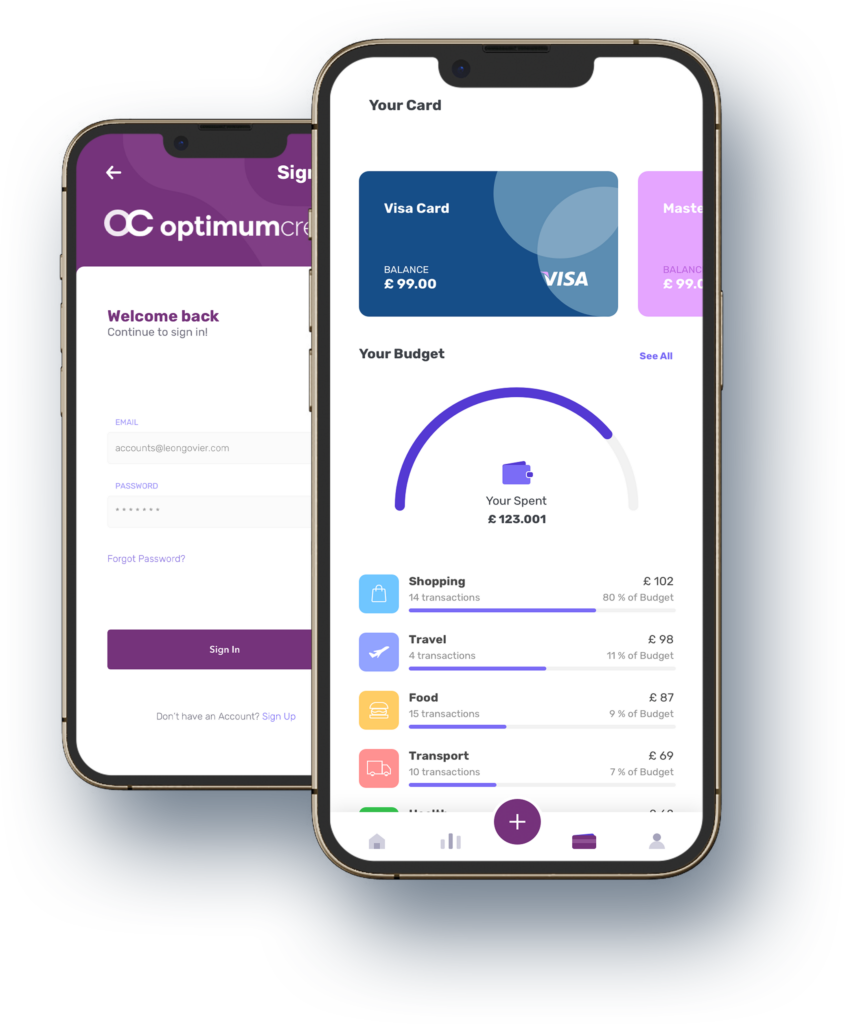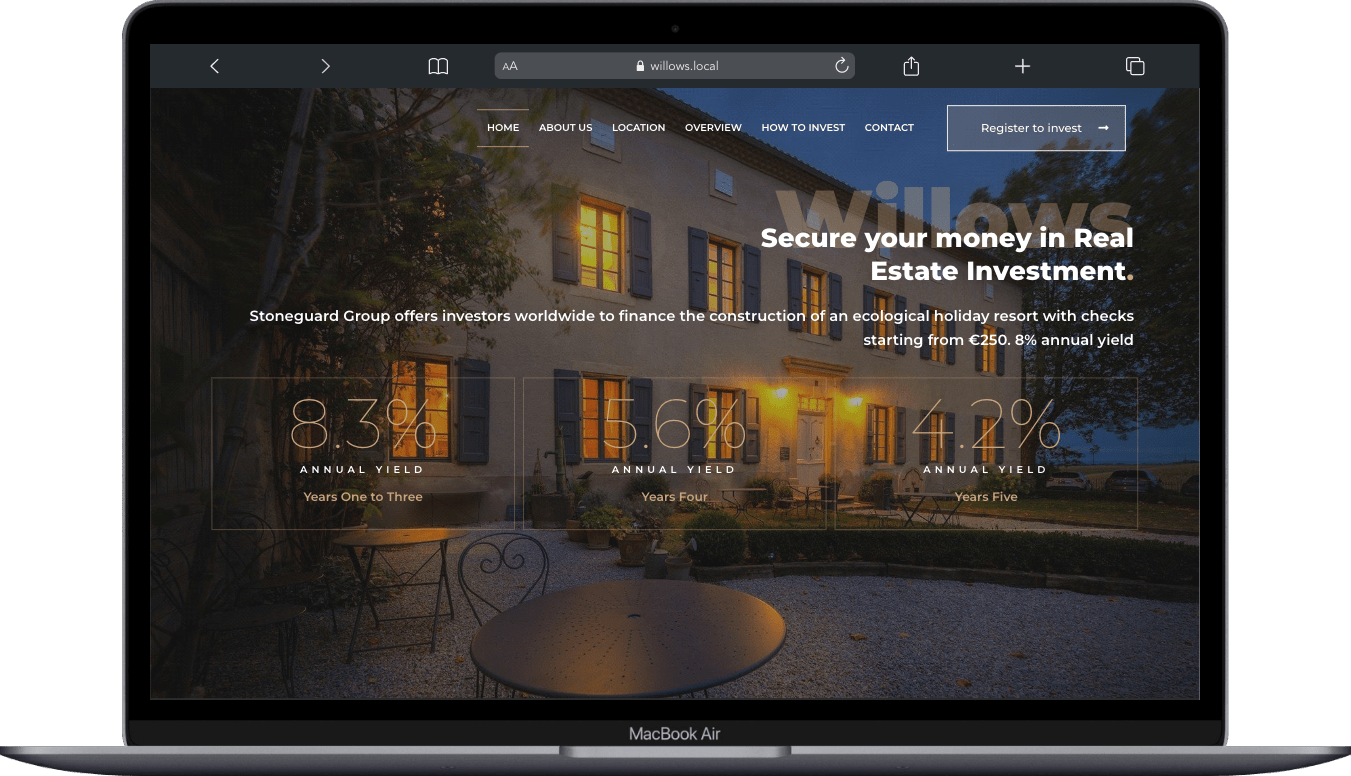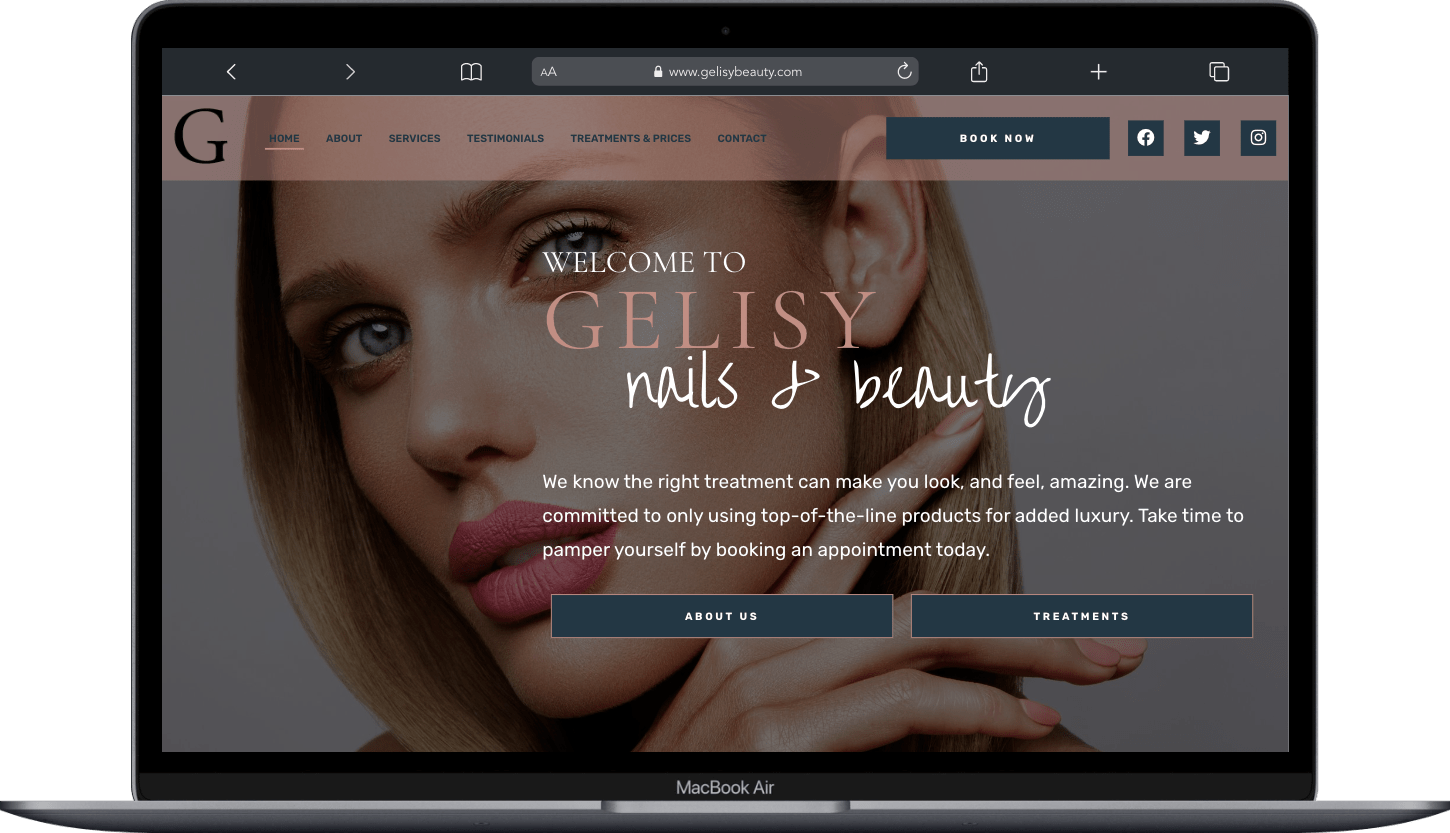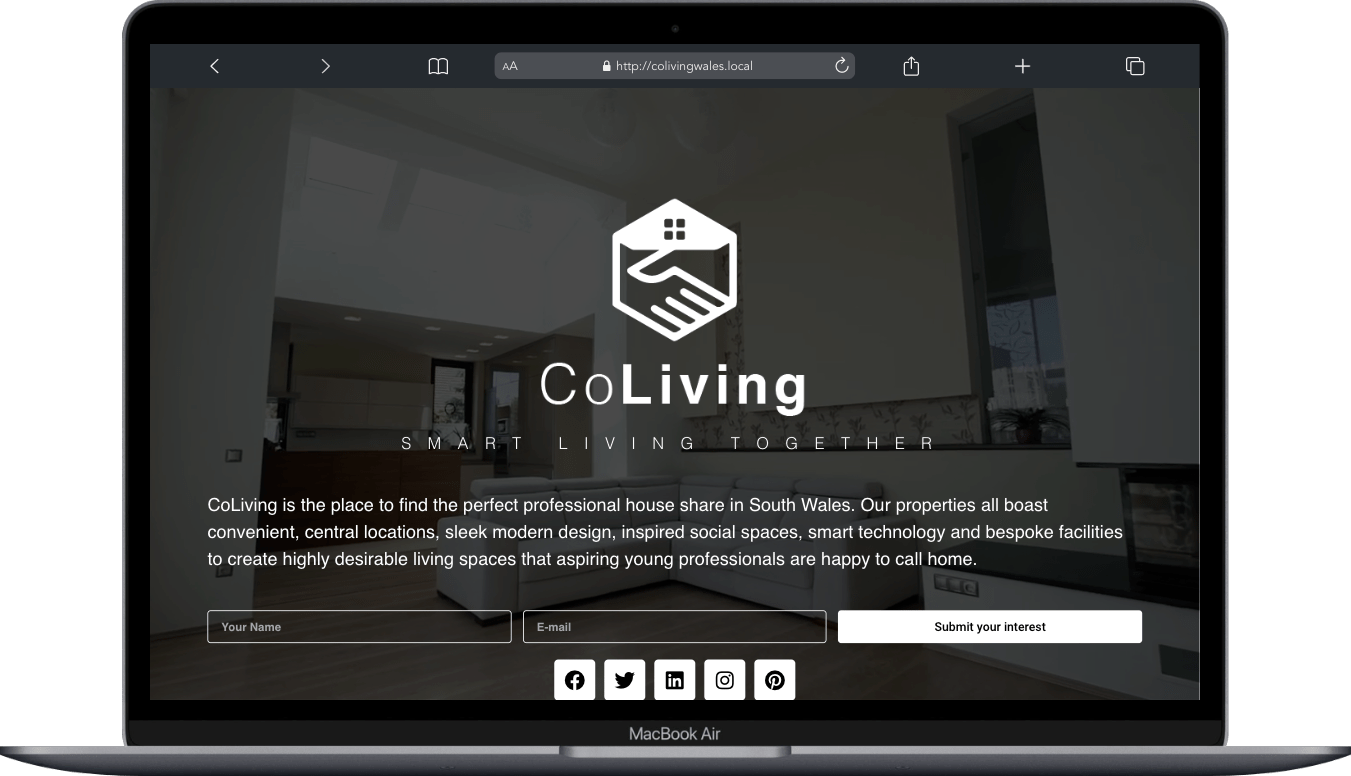User Experience Design
About.
I am a user centred designer with a focus on an end to end process, ranging through research, ideation, prototyping, design and validation. I have been working in Design and Digital for 30 years covering Fintech, Insurance, Healthcare, Education, E-commerce, Gaming, and a host of other industries.













